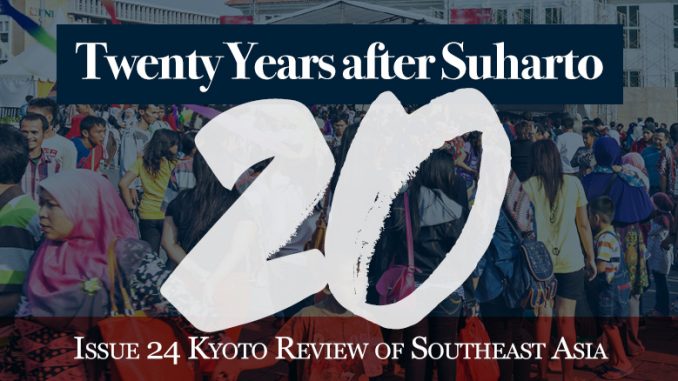
This edition of the Kyoto Southeast Asia Review explores the state of Indonesian politics twenty years after the fall of Suharto’s New Order. In May of 1998 massive demonstrations rocked the nation and forced Suharto’s resignation to end over 30 years of authoritarian rule. Observers at the time knew little of what to expect with opinions ranging from the collapse and splintering of Indonesia to the return of military rule to the flourishing of democracy. What has transpired over the last two decades and the shape of Indonesia’s politics today is the subject that five scholars tackle in the essays below.
Paige Tan offers a big-picture overview of Indonesia’s political institutions noting that while politics remains noisy and challenged in some areas, democracy is the new normal and unlikely to be subverted despite several trips to the ‘knife’s edge.’ Tan highlights threats to a vibrant free press, weak rule of law and continued corruption among other problems but ultimately argues that democracy is ultimately the only game in town.
Marcus Mietzner narrows the focus to Indonesia’s presidency where he argues that the past two decades have seen a transformation of the office from a perch for authoritarianism to a coalitional system which seeks to balance socio-political forces in Indonesia resulting in a “broad but internally complex alliance.” A presidency that the post-amendment constitution envisages with strong authority and free from outside interests, he argues, has been sacrificed at the altar of excessive political caution.
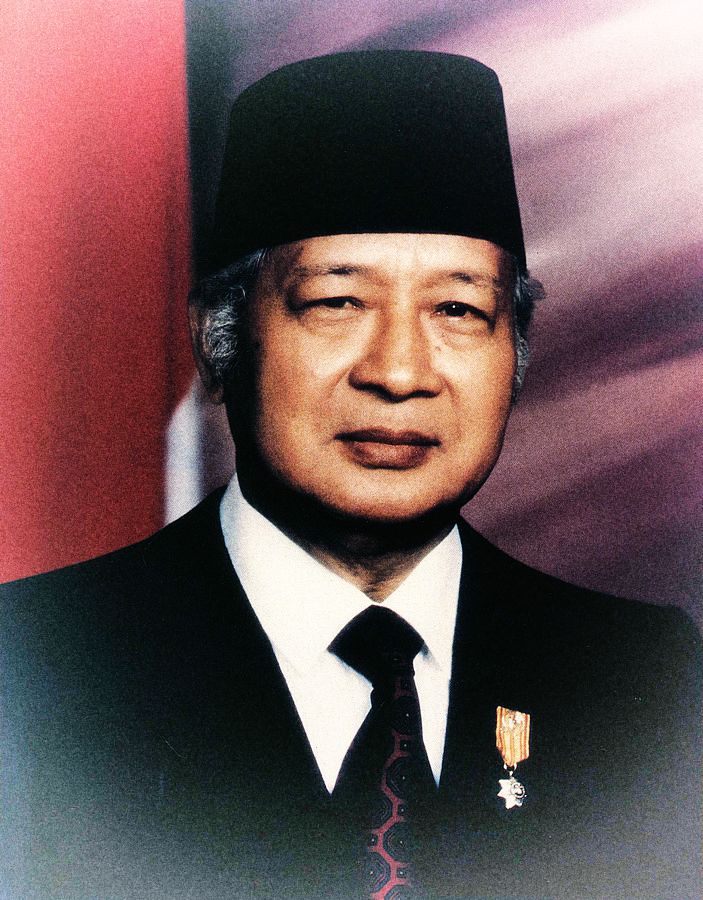
One of the most notable developments after Suharto has been the rise of Islamism in the political sphere. Alexander Arifianto takes issue with the “Civil Islam’ thesis and argues that the failure to anticipate the rising influence of Islamism has been due to overestimating the appeal of liberal and pluralist Islam, the breakdown of traditional Islamic authority, savvy marketing by religious conservatives and an ‘unholy’ alliance between religious leaders and opportunistic political elites.
In addition to democratization, Indonesia also implemented a “Big Bang’ decentralization policy immediately after the fall of Suharto. Despite the promise of a vibrant decentralized democracy, drawing from literature on Latin American politics, Yoes Kenawas discusses the rise of ’subnational authoritarianism’ where dynastic politics plays a critical role in the local political arena. Coupled with a relatively stable and competitive national electoral system, Kenawas argues that Indonesia demonstrates signs of ‘regime juxtaposition’ where local politicians easily engage in a ‘menu of manipulation.’
Ehito Kimura rounds out the essays by exploring the politics of transitional justice and the extent to which Indonesia has reckoned for the past human rights violations of the authoritarian New Order. Kimura puts forward a story of both abject failure and stubborn persistence. Like many states, Indonesia engaged in early transitional justice measures such as fact-finding and institutional reform but opponents have stymied further initiatives such as a truth and reconciliation commission and a national apology. Advocates have persisted despite these setbacks putting forward bottom-up and unofficial measures to address the past even as they continue to call for official state-led measures as well.
What is clear twenty years after Suharto is the dynamic and complex nature of democracy as it articulates on the Indonesian polity. While the country remains arguably the leading democracy in Southeast Asia, this may say more about the region as a whole than about Indonesia itself. Taken together, the essays above suggest democracy will hold but that dark spots will also remain. The constellation of social and political forces at the national and local levels illustrate the varied and uneven texture of politics in the world’s fourth most populous country.
Guest Editor Ehito Kimura
Issue 24 Kyoto Review of Southeast Asia
September 2018
Main articles can be read in six languages
By Paige Johnson Tan
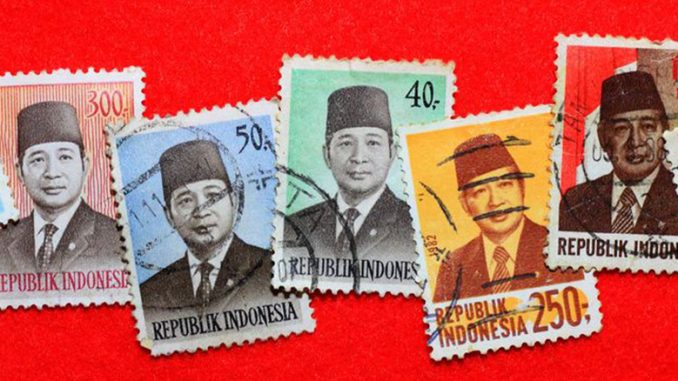
The New Normal: Indonesian Democracy Twenty Years after Suharto
Normal Baru: Demokrasi Indonesia Duapuluh Tahun setelah Suharto
ภาวะปกติใหม่: ยี่สิบปีของระบอบประชาธิปไตยในอินโดนีเซียยุคหลังซูฮาร์โต
新たな常態:スハルトから20年後のインドネシア民主主義
Bình thường mới: Nền dân chủ Indonesia hai mươi năm sau thời Suharto
Ang Bagong Normal: Demokrasyang Indonesian Dalawampung Taon Pagkatapos ni Suharto
By Marcus Mietzner
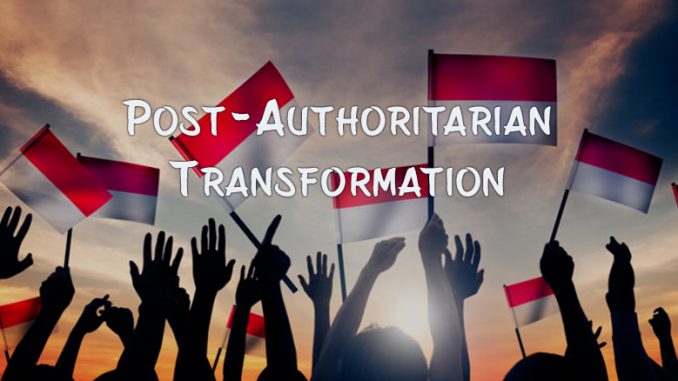
From Autocracy to Coalitional Presidentialism: The Post-Authoritarian Transformation of Indonesia’s Presidency
Dari Otokrasi ke Presidensialisme Koalisi: Transformasi Kepresidenan Indonesia Pasca-Rezim Otoriter
จากเอกาธิปไตยถึง “ระบบเครือข่ายประธานาธิบดี”: ความเปลี่ยนแปลงของตำแหน่งประธานาธิบดีอินโดนีเซียหลังยุคเผด็จการ
独裁政治から連合型大統領制へ :インドネシア大統領職のポスト権威主義的変容
Từ chế độc tài đến Xu hướng tổng thống liên minh : Thay đổi về chức tổng thống ở Indonesia sau thời độc tài
Mula Awtokrasya tungong Presidensyalismong Koalisyunal: Ang Transpormasyon ng Panguluhan sa Indonesia Matapos ang Panahong Awtoritaryan
By Alexander R. Arifianto

Quo Vadis Civil Islam? Explaining Rising Islamism in Post-Reformasi Indonesia
Quo Vadis “Civil Islam”? Menjelaskan Kebangkitan Islamisme di Indonesia Pasca-Reformasi
อิสลามอารยะ ท่านจะไปทางไหน?: อรรถาธิบายการขยายตัวของลัทธิอิสลามนิยมในอินโดนีเซียหลังยุคปฏิรูป
シビル・イスラムはどこへ向かうのか? ポスト・レフォルマシのインドネシアにおけるイスラム主義の高まりについて
Hồi giáo dân sự, người đi đâu? Giải thích Phong trào Hồi giáo đang lên cao ở Indonesia giai đoạn sau Cải cách
Quo Vadis Sibil na Islam? Pagpapaliwanag sa Lumalakas na Islamismo sa Indonesia sa Panahon Pagkatapos ng Reformasi
By Yoes C. Kenawas

Twenty Years After Suharto: Dynastic Politics and Signs of Subnational Authoritarianism
Duapuluh Tahun Setelah Rezim Suharto: Politik Dinasti dan Tanda-tanda Otoritarianisme Subnasional
ยี่สิบปีหลังยุคซูฮาร์โต: การเมืองวงศาคณาญาติกับสัญญาณของระบอบอำนาจนิยมส่วนภูมิภาค
スハルト後の20年: 世襲政治とサブナショナル権威主義の兆し
Hai mươi năm sau thời Suharto: Chính phủ triều đại và các dấu hiệu của chủ nghĩa độc tài khu vực
Dalawampung Taon Pagkatapos ni Suharto: Dinastikong Pulitika at mga Palatandaan ng Subnasyunal na Awtoritaryanismo
By Ehito Kimura
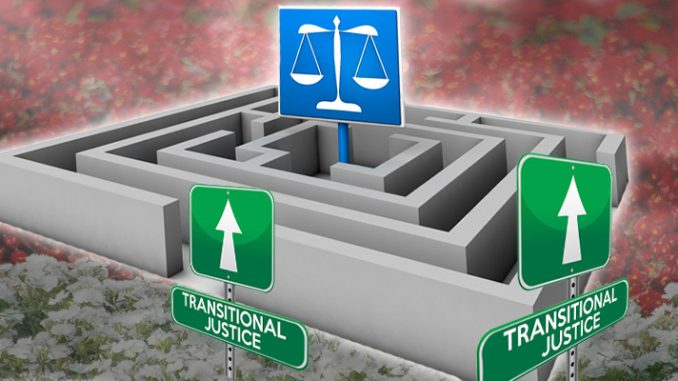
The Trajectories of Transitional Justice and Its Discontents in Indonesia
Lintasan Keadilan Transisional dan Ketidakpuasannya di Indonesia
วิถีของความยุติธรรมระยะเปลี่ยนผ่านกับความคับข้องใจในอินโดนีเซีย
インドネシアにおける移行期正義とその不満の軌跡
Các cách thức của cơ chế công lý về các tội lỗi trong quá khứ và những sự bất mãn ở Indonesia
Ang mga Landasin ng Hustisyang Transisyunal at mga Diskontento dito sa Indonesia
See here for BOOK REVIEWS from Issue 24
See here for YAV and TRENDSETTER articles
